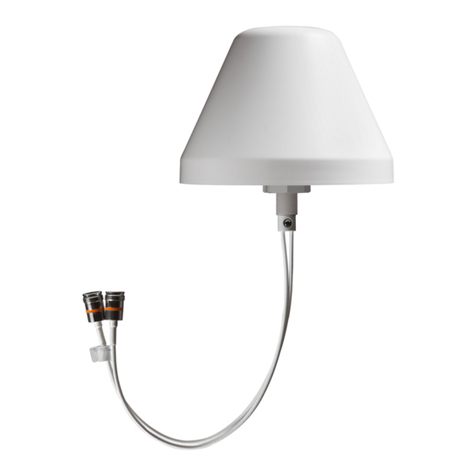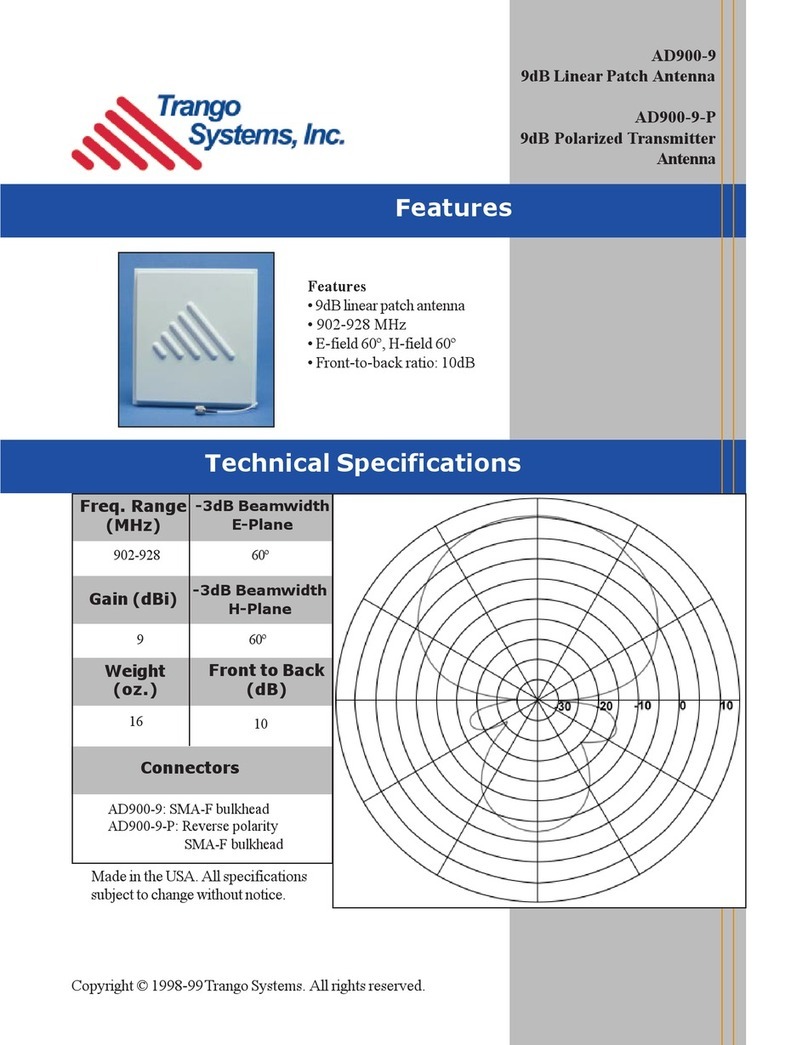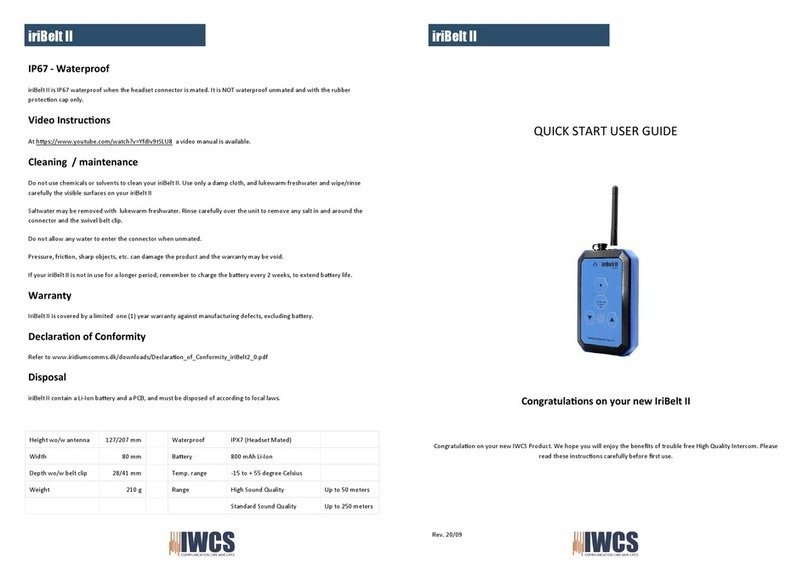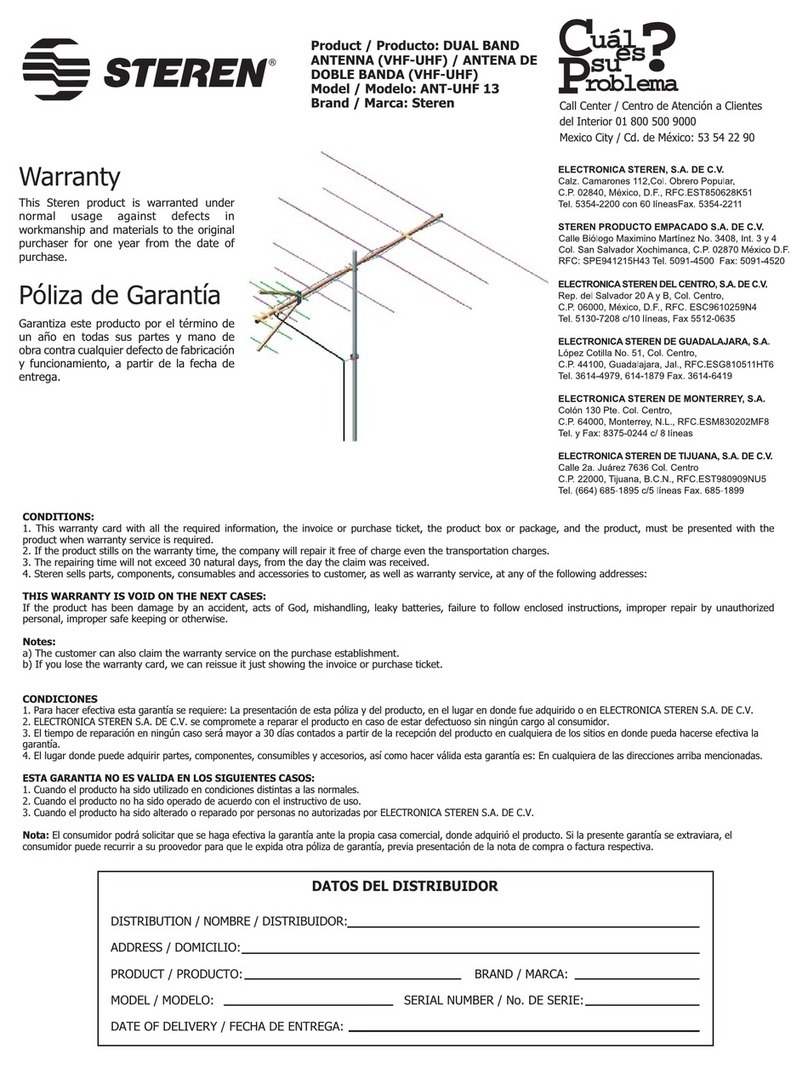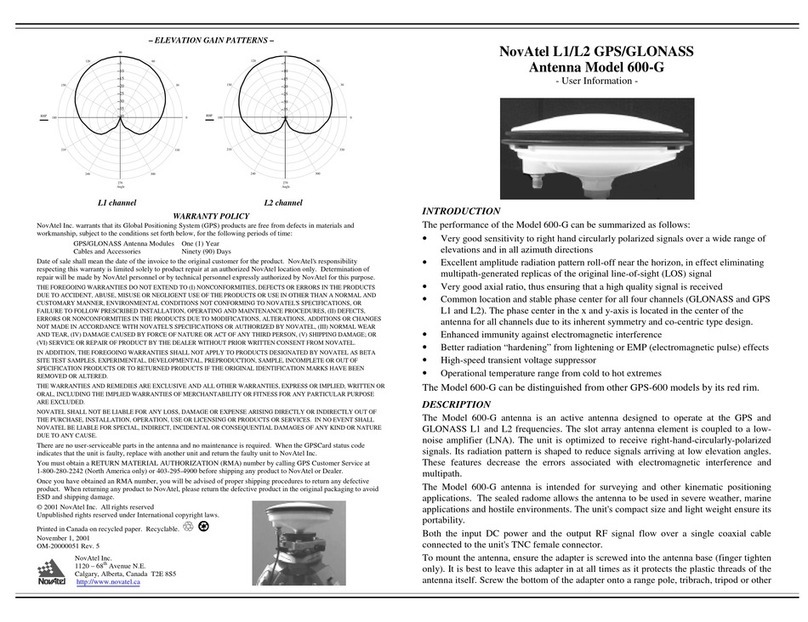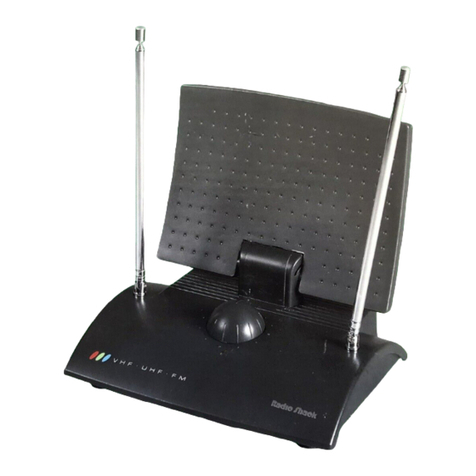
While a large number of Amateurs use variations of a trailer hitch mounts, it is the least advantageous location.
If you drive a pickup truck there are many mounting locations that will work quite well if the bed of the truck is
properly bonded using tinned plated braid (strapped) from the frame to the body.
If you drive a van or a motor home, front mounting is preferred. This assures that the loading coil will not be
shielded by the body of the van which improves performance. Mounting the antenna with the coil exposed next
to any type of metal will not only detune the antenna, it will kill the signal because of the coupling effect to the
metal surface. We have experienced that mounting the base of the antenna in the bed of a truck with the
Stainless tube of the antenna within a few inches of the side rail was not an issue. If the antenna was mounted in
the bed of the truck and the exposed coil was within a few inches of the truck’s cab, then there
would be a coupling issue to avoid. With the antenna in the down position, be sure to have the black cap
on top of the antenna 12 inches above the cab or metal surface to insure the coil will not be next to a metal
surface. Contrary to popular belief, this mounting location does not increase the level of ignition noise.
Make sure the top of the antenna is at least 12 inch above the roof line with the antenna in its
down position so coil coupling is at a minimum! If you park in a garage try to get the antenna
as high as possible for door clearance and use a quick disconnect fitting to remove the whip.
Install the Shunt Coil only after you have installed the Antenna on your vehicle. This will keep the coil from
being damaged when mounting the antenna. If you forget to install the shunt coil you will see a high SWR when
trying to tune the antenna for a low SWR, especially on the 40 or 80 meter bands.
A ground strap will have to installed between the base of the antenna (using one of the 8 button head bolts at the
base of the antenna), and the body/frame structure. At a minimum, this should be tinned copper braid, 3/4
inches wide. The use of solid copper flat stock that is .010 to .030 inch thick and 1 inch wide will actually work
better due to RF skin effects. Remember, an ohm meter continuity check is not a guarantee that you have a good
RF GROUND!
One of the best things you can do is bond all of the body parts, doors, hood, and trunk to the main body and
increase the size of the bonding strap from the engine to the frame or body. Bond the muffler system in three
places by using muffler clamps and bonding straps to the frame. Bond at the “Exhaust pipe next to engine, next
to the muffler and the tail pipe”! The exhaust system is insulated from the frame because it is hanging on rubber
grommets. The engine and transmission are insulated from the frame by rubber mounts. Bonding of the vehicle
parts and muffler system will help to get rid of engine noise, and other types of interference.
DX Engineering carries bonding straps and muffler clamps! If you still have bad radio interference from your
vehicle, check with your dealer, as they have vehicle interference information for communication radio installs.
It isn’t necessary to sand off all paint and primer when installing bonding straps. Doing so may damage the zinc
undercoat which can cause connections to rust. The best way to assure a good connection is the liberal use of
stainless steel star washers and the use NOALOX by IDEAL available at Home Depot or a similar anti-
oxidizing agent. Coat the star washer, end of strap and the bolt with NOALOX to help stop corrosion on all
bonding joints. The NOALOX works really well, wait until you try to remove it from your hands!
Please remember our SA-680 shorty antenna weighs in at 13 pounds.
Our SA-680 and our 160 meter antenna weighs in at 18 pounds.
Our antennas need to have a RIGID MOUNT!






